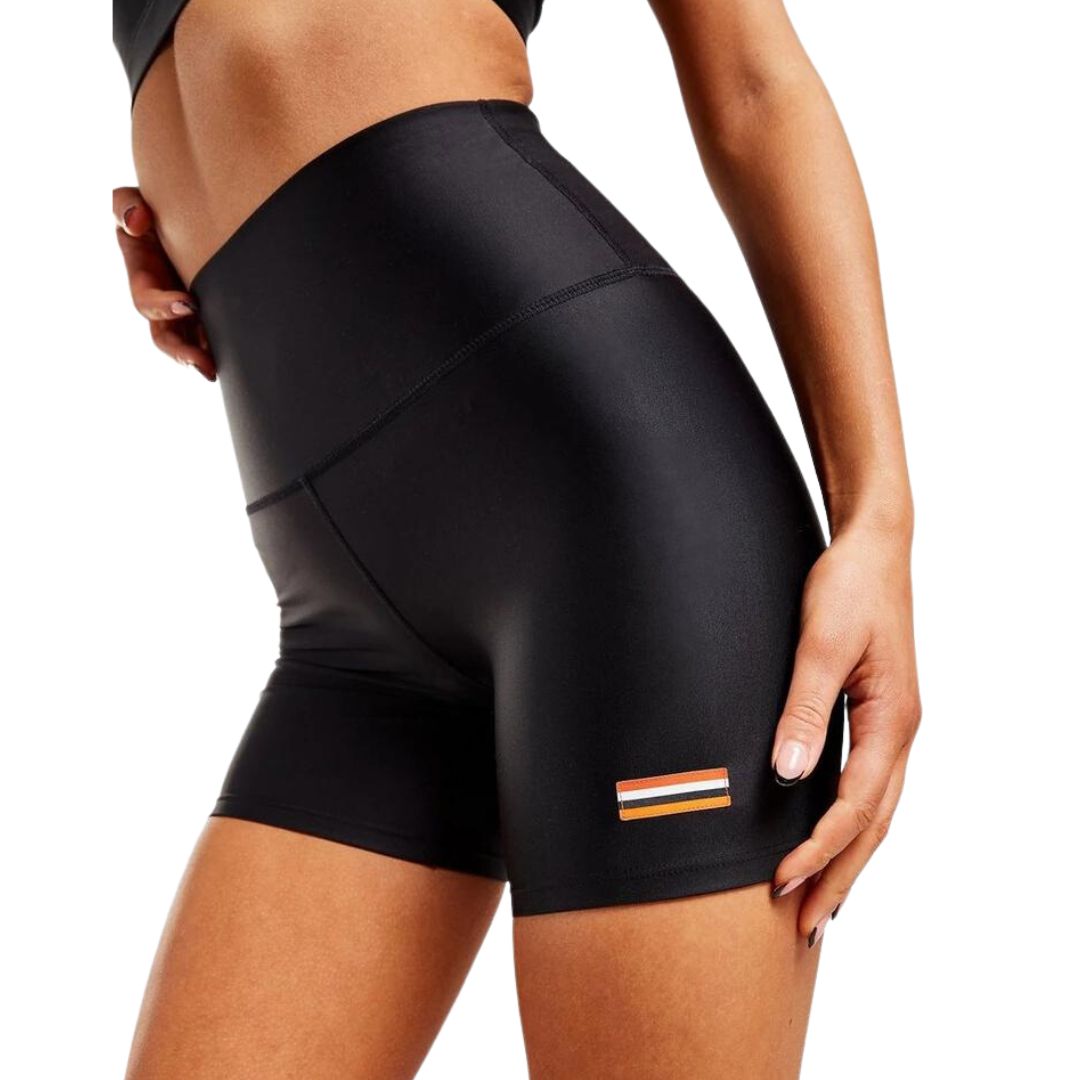Isometric exercises are trending right now - these are the 4 best moves for building muscle definition from home
Like the sound of building strength and fitness without moving?


You've likely seen isometric exercises trending recently as a fresh study has found they're the best way to lower your blood pressure.
Not only that, but isometric moves are also one of the simplest ways to improve your physical endurance, strength, and muscle tone, making them a clear contender for the best home workout.
Never heard of them and wondering what exactly an isometric exercise is? Are they weight training, HIIT or, well, cardio? Let's clear it up. "Isometric exercises are static muscle contractions, aka the holding of static positions over a period of time," says personal trainer Nicole Chapman. "Examples include planks, wall sits and glute bridges - think positions where your muscles are activated and working in order to maintain the position."
While often, people associate a "good" workout with one that sees them jumping all over the gym or their living room, these challenge that status quo.
As the latest study on isometric training confirms, it's more effective than HIIT, weight training and aerobic training for reducing blood pressure. Researchers from Canterbury Christ Church and Leicester universities analysed studies including more than 15,000 participants.
According to Jamie Edwards, one of the lead authors of the study, "Although it’s a complicated area, isometrics may be so effective for cardiovascular health due to the unique nature of holding a static muscle contraction. This compresses the blood vessels and then on release of the isometric hold, leads to greater blood flow to the previously compressed vessels."
Sound like something you want to add to your training programme? We've found out everything you need to know about isometric exercise so you can do just that. Don't miss our guides to resistance band exercises, dumbbell exercises, and kettlebell exercises, while you're here. If you're new to the weights section, our explainer on how much weight should you start lifting might come in handy.
Celebrity news, beauty, fashion advice, and fascinating features, delivered straight to your inbox!
Isometric exercises: your guide
3 benefits of isometric training
Now you know what an isometric exercise actually is, let's read up on the benefits of the workout. If lower blood pressure from not moving isn't enough to get you wanting to add isometric movements to your plan, maybe the following benefits will entice you.
1. They build strength
"Isometric exercises are proven to help build strength and endurance to muscle, improving overall muscle performance and reducing the risk of injury," says Chapman.
Studies show that around three months of isometric training resulted in a 23% increase in muscle and a 91% increase in strength. We can't argue about that being an effective way to get strong.
2. They're low impact
Because your muscles and joints aren't moving under load, isometric training is a form of low-impact exercise. "That makes them a fabulous tool if building strength postpartum, recovering from injury or have reduced mobility or a joint replacement," says Chapman.
3. They don't take a long time
The latest study found blood pressure reducing benefits from doing just four two-minute contractions a few times a week. Compared to a 60 minute class, that's pretty damn impressive bang for your buck.
How to do isometric exercises
Isometric exercises may be all about stillness, but that doesn't make them easy. Instead, you have to focus on contracting the muscles and working against gravity - hard work.
Most of us will have to build up to long-held moments of stillness, says Chapman. "The easiest approach is to pause at the highest point of tension, for example pausing for three to five seconds at the bottom of your squat and building up over time until you can hold a wall sit for minutes.This technique helps to build mind-body connection allowing you to recruit your muscles more efficiently – improving the way you move in daily life," she explains.
If you want to do isometric work separately, you are best pairing it on the end of more dynamic work to ensure your muscles are ready and warm. "You might choose to hold a plank at the end of your workout for 20-60 seconds or as long as you can maintain proper form," says Chapman.
Holding time does matter. "The length of time you should hold an isometric exercise for will vary depending on ability and desired result and there is nothing set in stone. I advise holding for a long as you can without compromising your form," explains Chapman.
Remember: improvements come from progressive overload, so hold for longer as you get stronger.
4 best isometric exercises to try tonight
1. Side plank
What? "This is one of my favourite core exercises as it works key muscle groups often neglected when you think core - your hips, shoulders and obliques all work together to improve balance, posture and stability," explains Chapman.
Why? The side plank puts less stress on your lower back than the front plank, the expert goes on, so if you have a weak back this is an excellent option. "Having a strong core is crucial in improving and preventing back injury and pain," says Chapman.
How long? Aim for 45 seconds to a minute. Rest and repeat four to five times.
2. Wall sits
What? Wall sits are - surprise, surprise - what the name suggests, a simple sit with your wall flat against a wall.
Why? "These are great as they work your glutes without putting stress on your knees and back," explains Chapman. "They also fire up your calves, quads and core. Used in rehabilitation to help you with everyday activities like standing up from a seated position or climbing stairs."
How long? Aim for 45 seconds to a minute. Rest and repeat four to five times.
3. Glute bridge hold
What? A simple yet effective exercise for building both core and glute strength.
Why? "This is a knee-friendly way to target your hamstrings and glutes - often neglected and hard to work - as well as strengthening your pelvic floor or rehabilitating conditions such as a prolapse. That improves your ability to perform everyday tasks and posture."
How long? 45 seconds to a minute. Rest and repeat four to five times.
4. Bear plank hold
What? Last but by no means least, a beginner to intermediate exercise that requires only your bodyweight and works various muscles in your hips, glutes, and core.
Why? "I love, love, love this for full body strength," shares the PT. "It's an excellent exercise to engage the deep core muscles that stabilise the spine and pelvis. Remember to exhale on the effort move to the bear plank and inhale as you lower."
How long? Even just a three to five-second hold repeated ten times would be a great place to start, shares the expert.
Shop our favourite workout kit now
What do isometric exercises do for the body?
Good question. As above, they've recently been found to lower blood pressure, but alongside that, they can help build muscle tone, physical endurance, and strength.

Chloe Gray is a freelance journalist who writes and talks about health, fitness, and wellbeing through a feminist lens. She was part of the launch team for Stylist magazine's fitness brand, Strong Women, and has written for i news, Women's Health, Red magazine, Good Housekeeping, Refinery29, and more. She's all about building mental and physical strength, eating delicious food that fuels you well, and making the fitness industry more accessible and enjoyable. She's also a qualified fitness trainer and research nerd, so you can be sure everything you read is backed by proper science.


